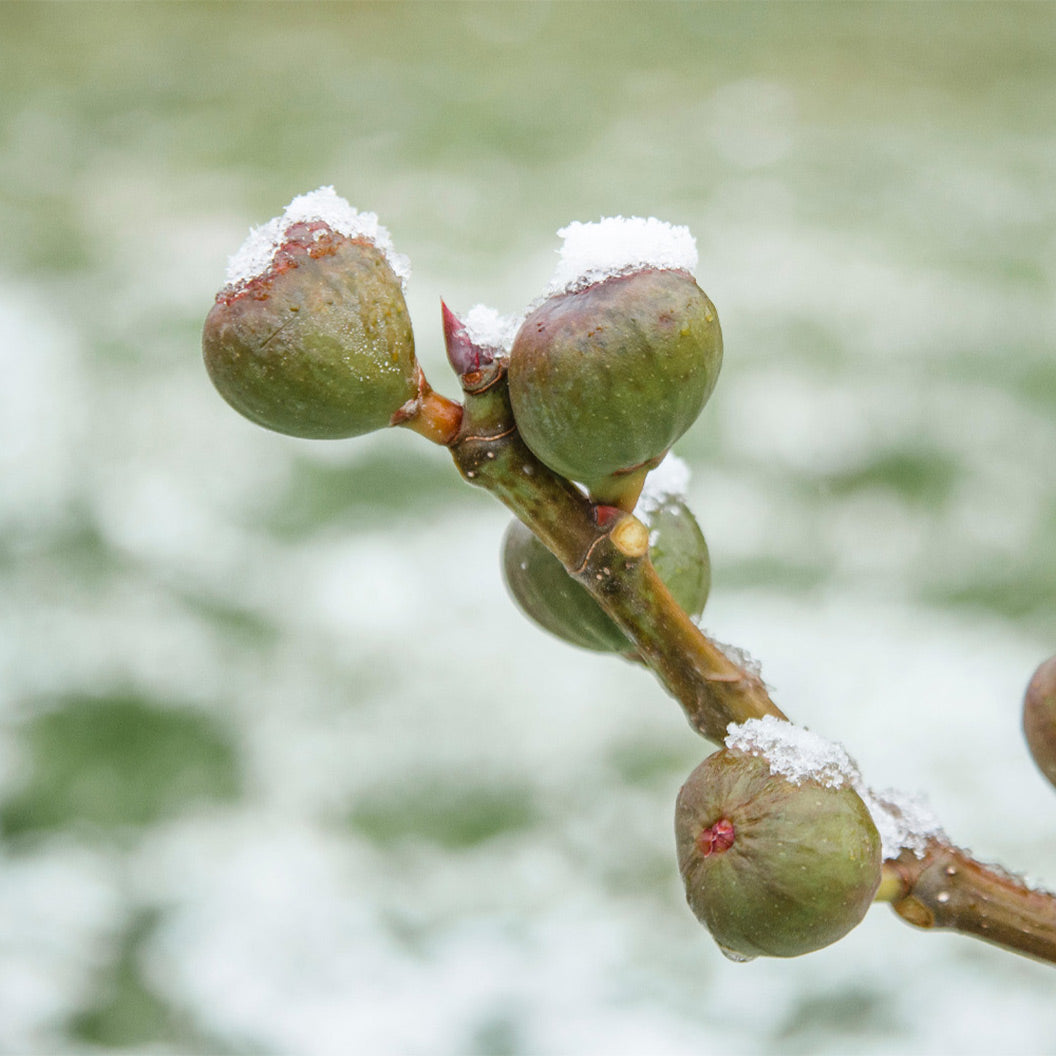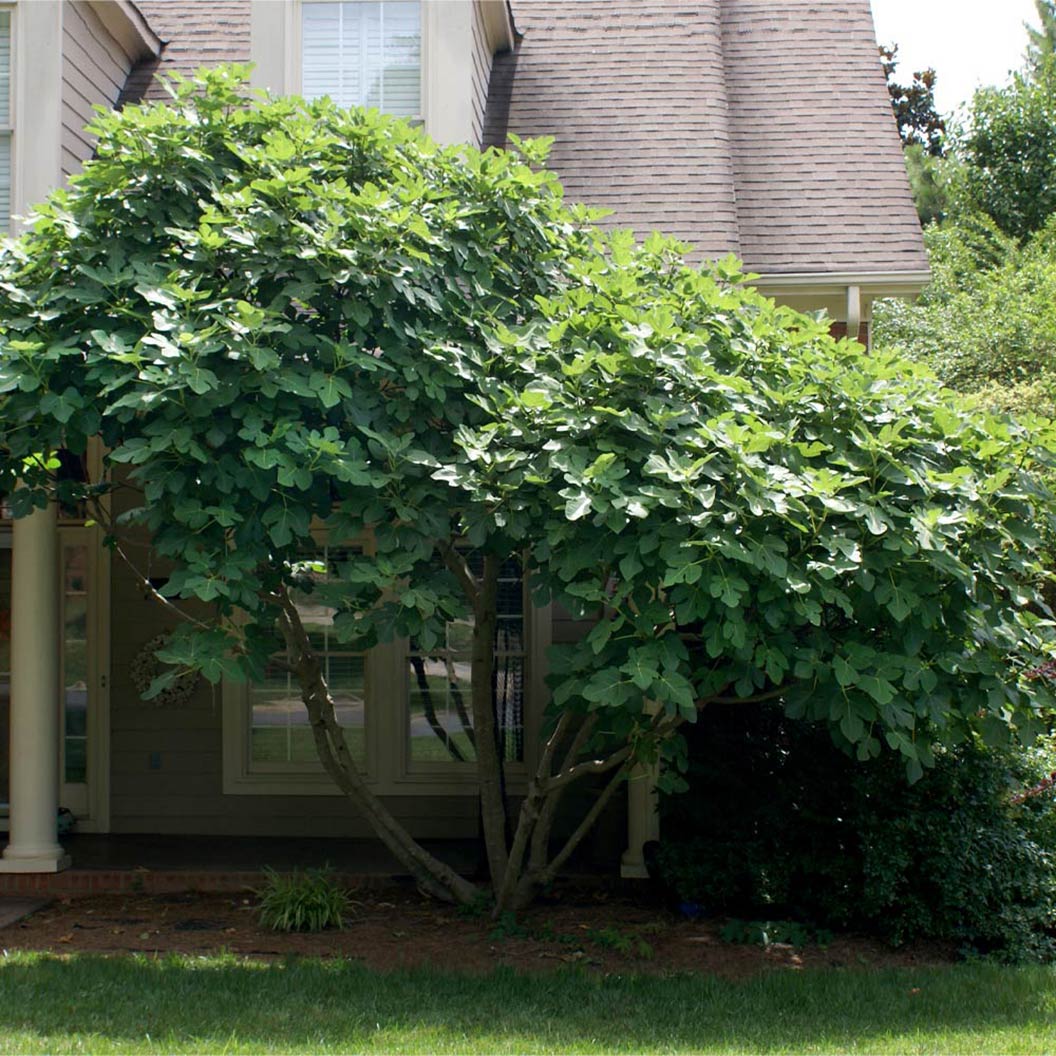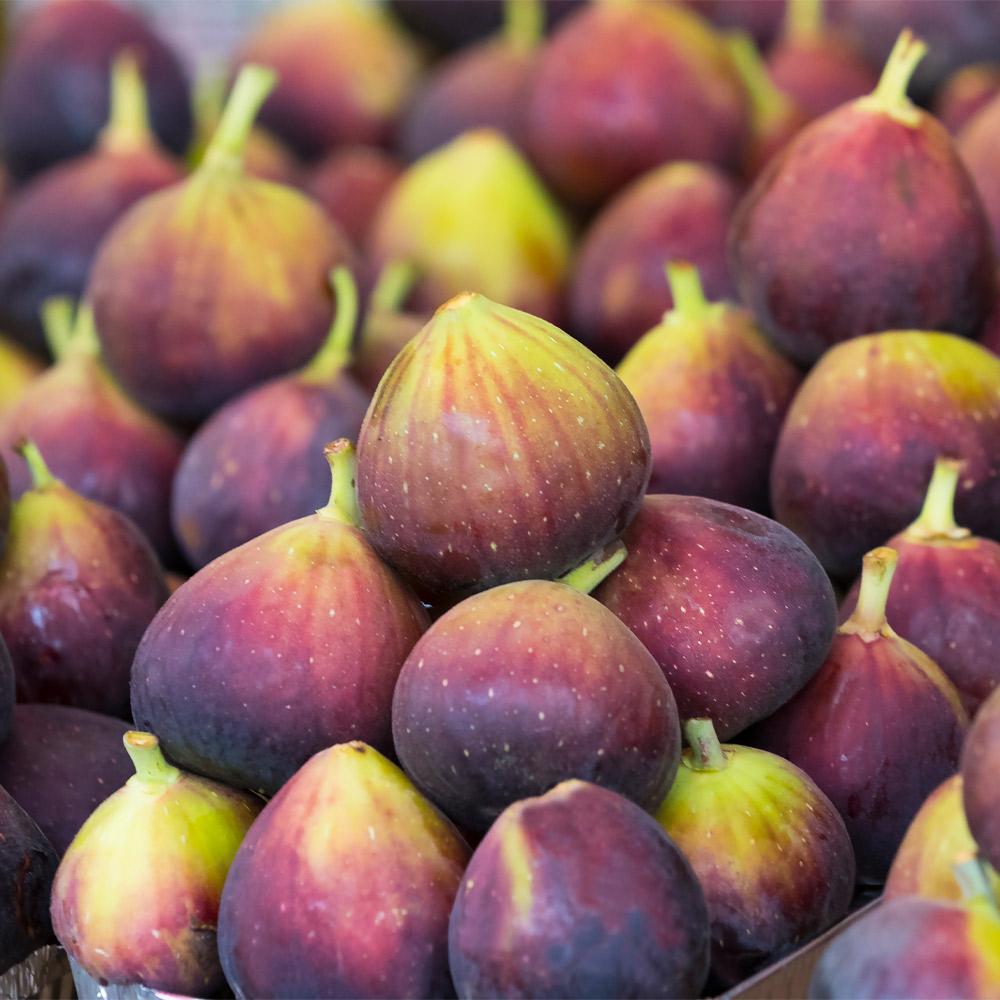Fresh, Delicious Figs...Even at -10 Degrees
Why Chicago Hardy Fig Trees?
No matter how cold it gets, the Chicago Hardy Fig Tree will never let you down. Why? For starters, the Chicago Hardy can literally freeze over and still come back strong the following spring, producing bushels of plump, delicious figs.
And you get a ton of fresh fruit. Perfect for peeling and eating right off the tree in late summer to early fall, you'll be enjoying these amazing figs just a year or two after planting. The numbers may surprise you: Your Chicago Hardy will yield as many as 100 pints of figs each season!
Why Fast-Growing-Trees.com is Better
Aside from the versatility in use you get from your delectable figs, whether they're tossed into salads, added to oatmeal or wrapped in prosciutto for an unforgettable appetizer, our Chicago Hardy Fig offers proven performance. Because we've planted and grown each of our trees for success, along with healthy roots and developed branching, you get amazing results in your own landscape.
We've done the hard work so you don't have to. Now, you'll reap the rewards of our painstaking processes at the nursery. Order your Cold Hardy Fig Tree today!
Planting & Care
1. Planting: Keep in mind that Fig Trees perform best in full sun (6 to 8 hours of sunlight per day). They can tolerate shade, but prefer full sun and need protection from harsher winter winds. Fig Trees grown in containers should be placed by large, sunny windows if kept indoors. And as always, well-drained soil is ideal.
Once you’ve selected the perfect planting site, dig a hole that’s three times wider than your tree’s root ball and just as deep. Position your tree and make sure it’s level with the surrounding ground and standing straight up. Begin to back fill your hole and gently tamp the soil down to eliminate air pockets from forming. After the planting process is complete give your fig tree a slow, deep watering by holding a hose at its base and counting to 20. Finally, mulch around the base to conserve soil moisture.
For container trees, select a container that’s slightly larger than the root ball (2 sizes larger than the initial container the fig came in works best). Add a mixture of potting soil and organic planting mix to the container before you place your tree in it. Make sure your tree stands straight up in its container and give it a good drink of water until you see water coming out the bottom of the pot. If your pot doesn’t contain drainage holes, you can quickly add some with a small drill.
2. Watering: Fig Trees have a fair drought tolerance. Once established, they will need a deep watering once every one to two weeks. Feel your soil - if it feels like it’s drying out close to the surface, then it’s time to water your tree. Trees kept in containers will often need more water than those planted in the ground. Water your trees more often during times of extreme heat or prolonged droughts.
3. Fertilizing: Usually Figs don’t require any fertilizing, but if you feel you need to bolster your tree's growth, it’s best to do so in the early spring. Use a slow-release, well-balanced organic fertilizer, like formula 10-10-10.





Comment